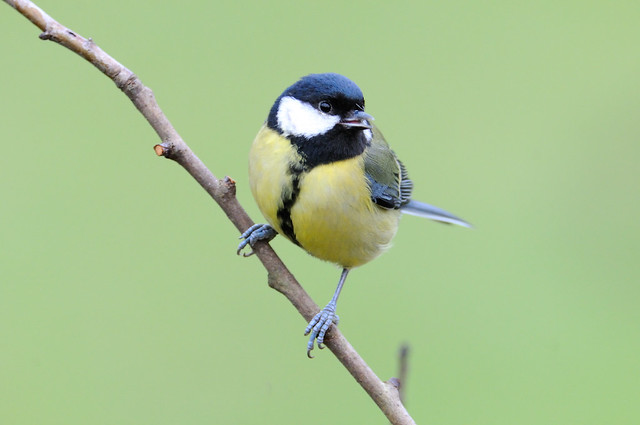Older mother birds in the news
The oldest known wild bird, a Laysan Albatross first banded in 1956 and believed to be at least 60 years old, was spotted on Midway Atoll a few weeks ago. The bird was seen with a newly-hatched chick, making the albatross, known as Wisdom, one phenomenally old mother bird.
Wisdom isn’t the only old mother bird making headlines this week. Research into the breeding success of older versus younger Great Tits was recently published, with bad news for more mature birds:
The offspring of older great tit females are much less successful than those of younger mothers. Things mainly go wrong in the later stages of the upbringing, concludes evolutionary biologist Sandra Bouwhuis.

Great tit by chapmankj75, Creative Commons on Flickr
Bouwhuis studied birds in Oxfordshire in the UK and Vlieland in the Netherlands. The research further revealed:
Although great tits can live for nine years, breeding success declines rapidly after the age of two. Nevertheless, older great tits keep on breeding every year, says Bouwhuis: ‘They carry on to the bitter end’. What is remarkable is that at the start of the breeding period there’s very little difference between the nests of older and younger females. Bouwhuis discovered, however, that massive mortality occurs just after the young leave the nest.
The precise reason for the breeding success of younger Great Tit females versus older tits was not clear. Also not clear – the influence the age of male Great Tits has on breeding success.
Sources:
Great tits also have age-related defects
Oldest known wild bird returns to Midway Atoll to raise chick




